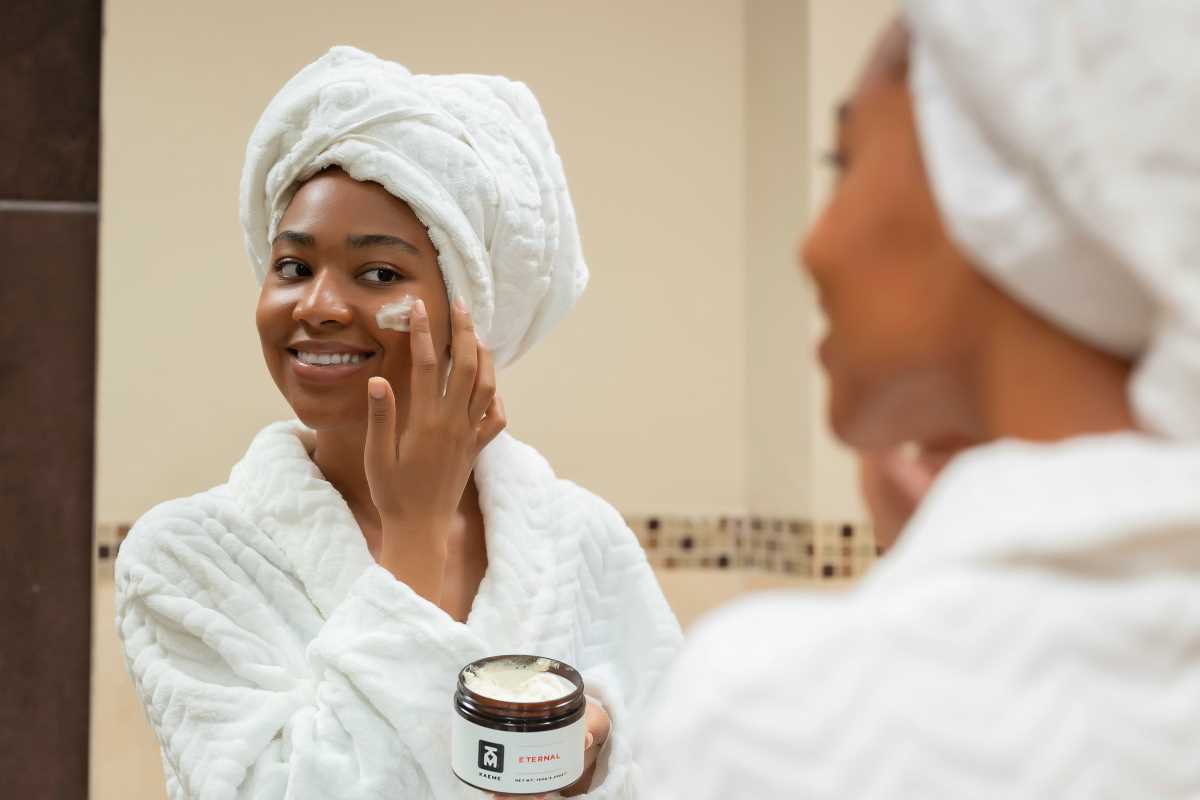Beauty

The Rise of Refillable Beauty Packaging and What It Means for You
Beauty packaging is undergoing a major transformation, and sustainability is at the heart of this change.
By: Samuel Nelson
Last Update: 07/24/2025
Read
The Science Behind Blue Light Skincare and Why Your Routine Needs It
You’ve probably heard the warnings about UV rays damaging your skin, but what about blue light?
By: Collin Wood
Last Update: 04/29/2025
Read
Breast Implant Reconstructive Surgery Options
For breast cancer survivors, the aftermath of treatment often includes significant physical and emotional challenges.
By: Collin Wood
Last Update: 02/07/2025
Read
Hydrating Face Masks for Winter
Winter can make your skin feel dry and tight. With the cold air outside and heated air indoors, your skin loses a lot of its natural moisture.
By: Collin Wood
Last Update: 01/16/2025
ReadFamily

10 Tips for Creating Harmony in a Multigenerational Household
Sharing a home with family from different age groups, like grandparents, parents, and children, has become more popular in recent years.
By: Lily Wright
Last Update: 09/15/2025
Read
The Best Board Games for Family Game Night
There’s nothing quite like a family game night to bring everyone together for a little fun, laughter, and maybe even some friendly competition.
By: Lily Wright
Last Update: 05/23/2025
Read
Top 10 Screen Time Management Tools
Managing screen time has become a top priority for many families. Whether you’re trying to ensure your kids use technology responsibly, or you’re looking to stay productive yourself, there’s a tool out there for everyone.
By: Lily Wright
Last Update: 03/07/2025
Read
DIY Science Experiments You Can Do with Your Kids at Home
Science doesn’t just belong in the classroom or a lab—it can come alive right in your living room or backyard!
By: Lily Wright
Last Update: 12/02/2024
ReadHealth

Digital Neighborhood Clinics for Underserved Areas
For millions of people living in underserved urban and rural areas, accessing quality healthcare can feel like a quest for a mythical creature.
By: Dalton Greer
Last Update: 10/29/2025
Read
Preventative Health Practices for All Ages
Good health isn’t just about treating illness when it arises; it’s about taking proactive steps to prevent problems before they begin.
By: Henry King
Last Update: 06/30/2025
Read
How to Transition to a Plant-Based Diet Safely
Transitioning to a plant-based diet is a meaningful step toward improving your health, supporting the environment, and exploring delicious new foods.
By: Henry King
Last Update: 03/26/2025
Read
The Impact of High-Altitude Living on Respiratory Conditions
Living at high altitudes, which means any elevation 8,000 feet or more above sea level, offers stunning views and cooler climates but comes with unique challenges for the human body.
By: Dalton Greer
Last Update: 12/19/2024
Read